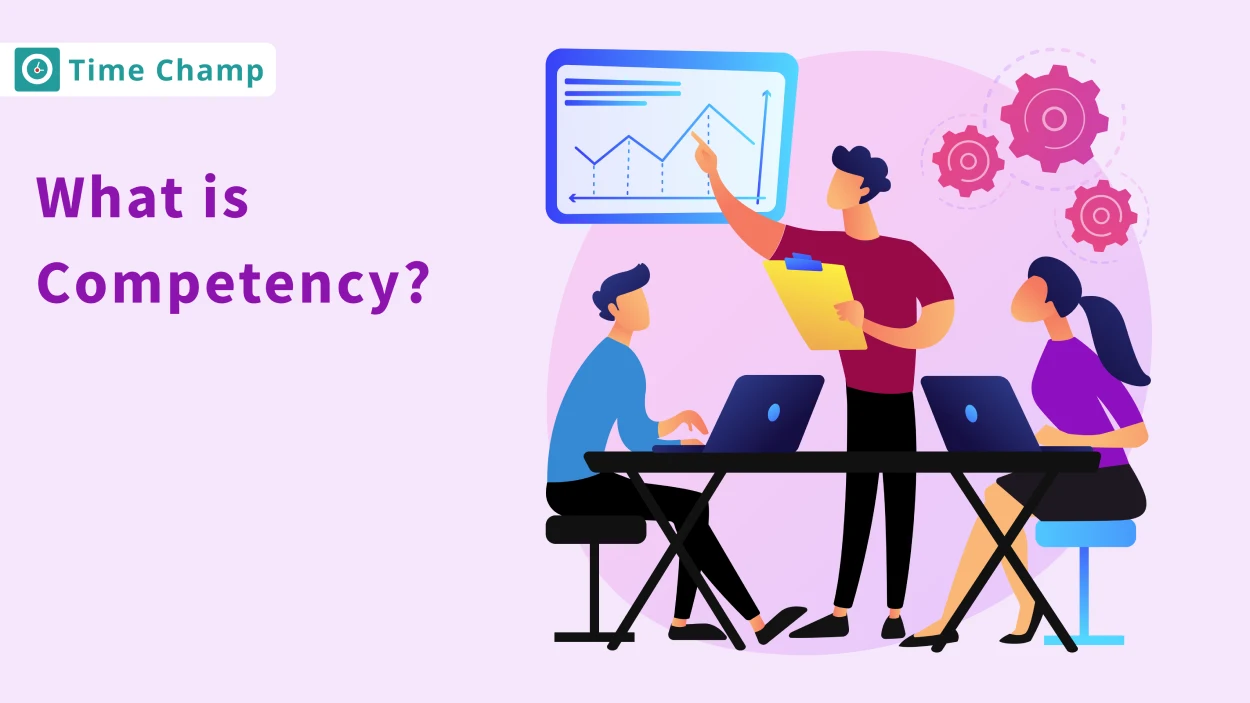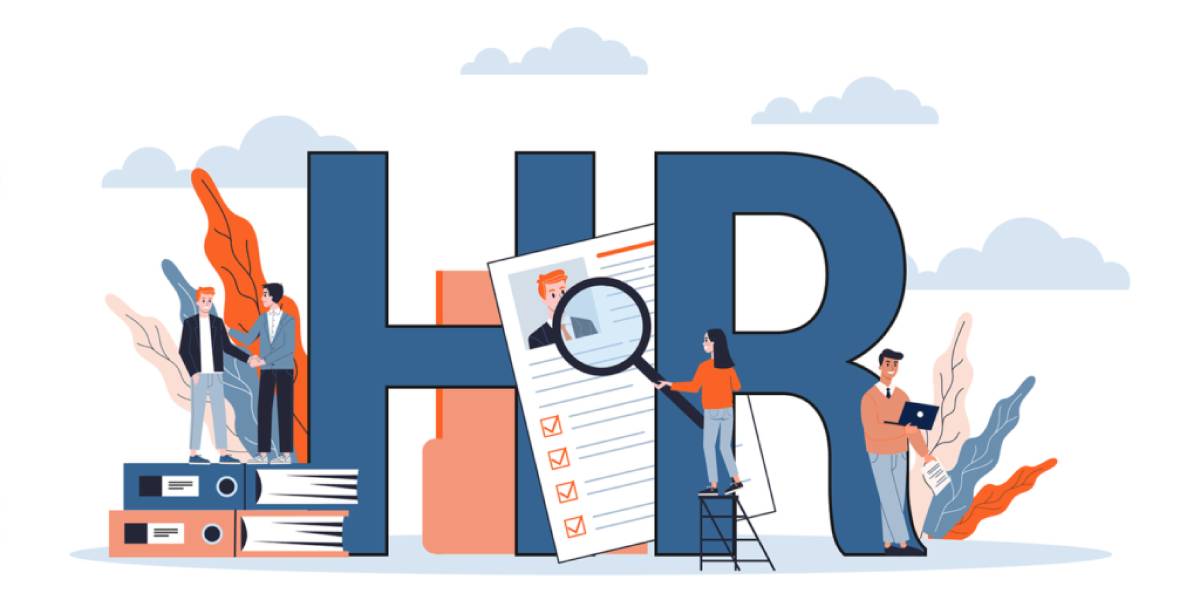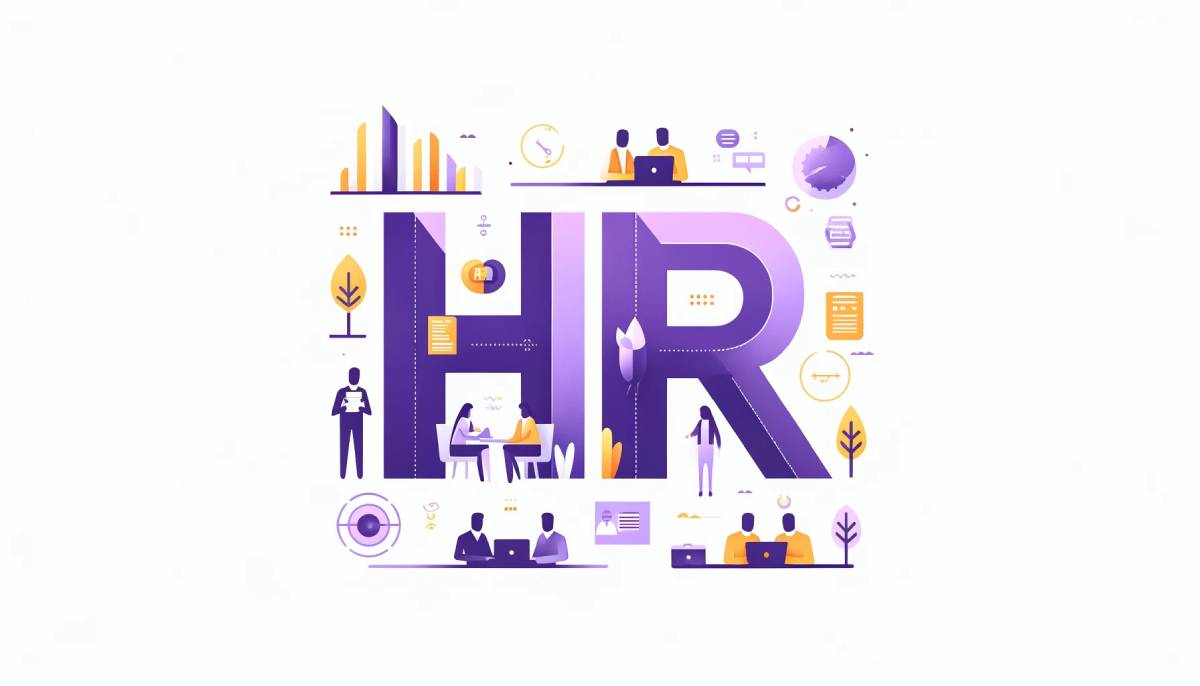What is Competency?
Competency is the mix of knowledge, skills, abilities, and behaviors needed to do a job well. It includes both technical expertise and personal traits like problem-solving, communication, and adaptability. Being competent in your role is essential for personal success and is also key to an organization’s performance. It ensures employees can handle their responsibilities effectively, helping the company meet its goals and grow.
What are the Types of Competencies?
1. Core Competencies
Core competencies are those skills, abilities, and knowledge that are core to all employees within an organization regardless of the role or department. It reflects the value and mission of the organization. For example, communication, teamwork, and problem-solving skills are the most common types of core competencies. Core competencies establish a common foundation that will keep the organization in line.
2. Functional Competencies
Functional competencies are job-specific or specific to a particular department. Technical skills and expertise in any particular job are focused on their ability to perform specific tasks. Take, for example, software developers who need coding skills and debugging abilities, and accountants who require financial analysis and compliance. These abilities allow employees to shine within their specialized areas of work.
3. Leadership Competencies
Leadership competencies are the skills and abilities that guide teams and facilitate the making of strategic decisions. They are used for organizational success, and among those are strategic thinking, decision-making, emotional intelligence, inspiring and influencing others, etc. These competencies serve the people who stand at the managerial or leading levels to create innovation in terms of long-term purposes.
4. Behavioral Competencies
Behavioral competencies reflect the attitudes, behavior, and interpersonal skills that show people how to behave to act appropriately with others at their work. These include flexibility, emotional resilience, teamwork, integrity, and so many other competencies that make positive behavioral competency in a healthy environment of work.
What are Competency Management Strategies?
Competency management strategies help organizations recognize, develop, and retain critical skills for goal fulfillment. Such strategies enhance organizational workforce performance, align individual competencies to the objectives, and deliver sustained long-run success. Key strategies are:
1. Identifying Key Competencies for the Organization
The first step in competency management is identifying the core and functional competencies critical for the organization’s success. This involves analyzing the goals of the company, industry requirements, and role-specific demands. Engaging the leadership teams and stakeholders ensures the identified competencies are both currently and in the future useful to the business.
2. Developing Competency Frameworks
A competency framework is used as an organizational guide; it indicates knowledge, skills, and behaviors expected for jobs in an organization. Therefore, frameworks will help with clear expectations, consistency, and establishing the basis on which to conduct performance appraisal and professional development.
3. Integrating Competency Models with HR Practices
Competency models should be totally integrated into the practices in HR, including recruitment, performance management, and succession planning. The organizations will thereby ensure that they attract retain and develop talent meeting their strategic needs by lining up their activities in the HR with competency models.
4. Providing Training and Development Programs
Organizations must offer specific training and development programs to fill the competency gap. These programs must improve technical and behavioral skills so that people can meet evolving role demands. Workshops, e-learning platforms, and mentoring are tools for building competencies across the workforce.
5. Regularly Updating Competency Frameworks
Competency requirements keep changing in alignment with the changing business landscapes, changing technological aspects, and even market demands. Organizations should then review and update competency frameworks frequently, ensuring that their employees stay effective in responding to the current challenges. Such proactive efforts serve to future-proof the workforce.
How is Competency Assessed or Verified?
Assessing competencies ensures individuals have the skills, knowledge, and behaviors for effective performance. Organizations use methods like self-assessments, peer reviews, and advanced tools. Key techniques for competency evaluation include:
1. Self-Assessment Techniques
Self-assessment allows individuals to reflect on their own skills, strengths, and areas for improvement. Tools such as self-evaluation forms, checklists, or questionnaires enable employees to gauge their competencies against predefined criteria. This method encourages personal accountability and provides a starting point for further development.
2. Peer and Managerial Feedback
Peers’ and managers’ feedback are considered excellent tools for checking out competencies. They provide insights into how individuals are perceived by coworkers. Structured feedback processes like 360-degree feedback allow the collection of various points of view that provide an integral overview of an individual’s competencies and performance.
3. Standardized Testing and Certification
Standardized tests and certification are objective ways of assessing competencies. Specific skills, technical expertise, or knowledge in a specified role or industry are checked. It is a formally recognized competence level that earns the person credibility and chances of being employed.
4. Observation and Performance Reviews
Direct observation of employees at the place of work reveals how competencies are applied practically. Performance reviews determine the level of efficiency at which individuals are meeting job expectations. These methods are very appropriate for real-time assessment of behavioral and functional competencies.
5. Use of Competency Assessment Tools
Modern competency assessment tools, such as Time Champ, assess the strengths and improvement areas of an individual’s skills. Such tools and features, such as benchmarking, skill gap analyses, and automated reporting, always make the assessment process efficient yet scalable.
Frequently Asked Questions
Competency is very essential in workplaces because it helps employees use the appropriate skills, know-how, and behaviors effectively in their positions. As a result, it stimulates productivity, promotes teamwork and, ultimately leads to either individual or organizational success by harmonizing employees’ efforts toward strategic goal achievement.
Communication competence refers to the ability to effectively convey and understand messages in various interpersonal, group, and organizational contexts. It involves having the skills to articulate thoughts clearly, listen actively, and adapt communication style to suit different situations and audiences. Communication competence enables individuals to build rapport, resolve conflicts, and achieve desired outcomes in interactions with others. It encompasses both verbal and nonverbal communication skills, as well as the ability to interpret social cues and respond appropriately. Overall, communication competence is essential for successful relationships, teamwork, and professional growth.
Competencies could change because of new inventions, the changing industry needs, or the new and changing objectives of an organization. Continuous learning, skill building, and adaptability in a changing and competitive scenario are a must to continue competency.
Job knowledge competency represents knowledge of tasks, tools, processes, and organizational standards as requirements for effective job performance. It makes sure the employee can meet expectations, solve challenges, and contribute to organizational goals effectively.





